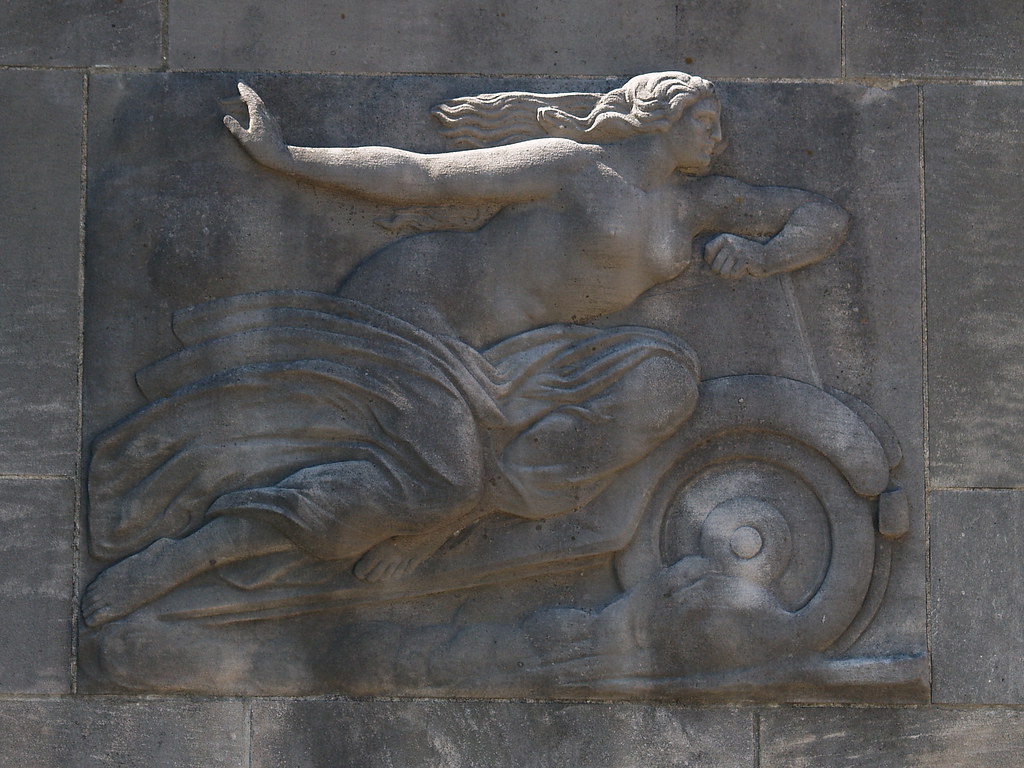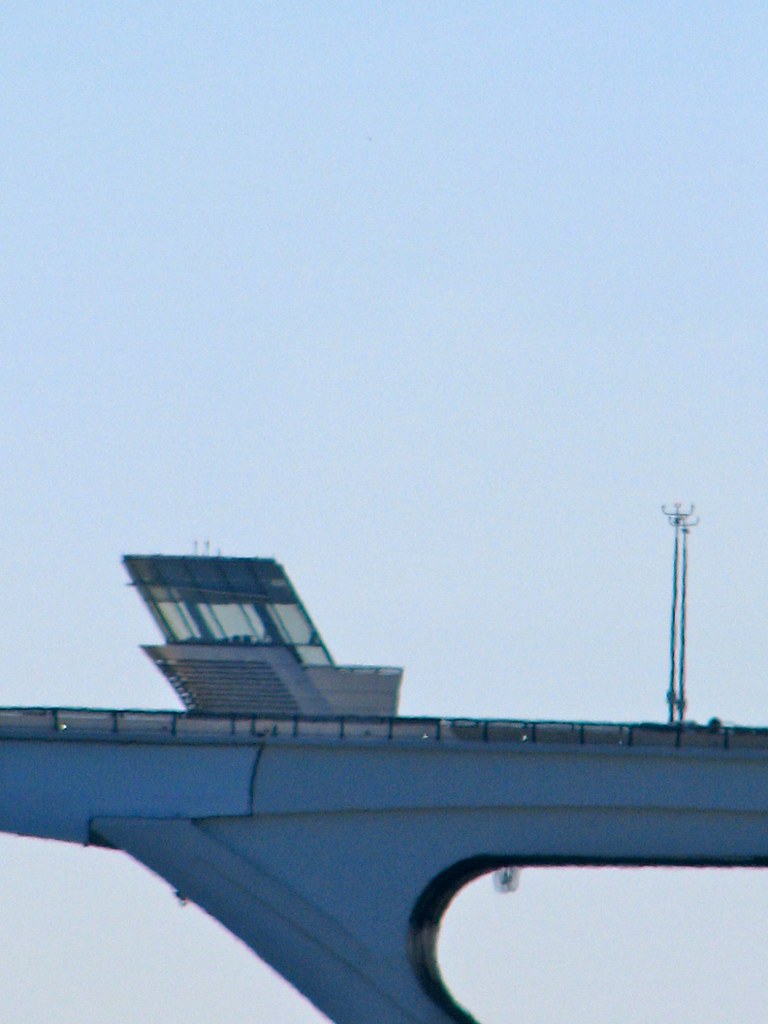I decided to take a bit of a departure today. I’ll focus more attention on images and dive even farther into hyper-local coverage. This may interest a smaller slice of the usual 12MC audience.
I took the kids to the Smithsonian’s National Zoo recently and decided to take the Memorial Bridge across the Potomac River instead of the usual Roosevelt Bridge just for grins. I’d seen the bridge sculptures on the Memorial Bridge many times before of course. They reminded me that the District of Columbia seems to have an abundance of such features. So I thought I might catalog them, or at least the ones I knew about. Maybe I could learn more about them in the process.
My thanks in advance to the many people who shared Creative Common images of these artworks. That meant I didn’t have to use Google Street View’s grainy images. However, I’ll still include the usual map links for anyone who may be curious.
Arlington Memorial Bridge

The Memorial Bridge linking Arlington National Cemetery to the Lincoln Memorial actually had a longer name, the Arlington Memorial Bridge. The architectural firm John G. Waite Associates performed a structure report recently and listed various themes and sculptors,
“‘The Arts of War,’ ‘Sacrifice’ and ‘Valor’ were sculpted by Leo Friedlander. The ‘Arts of Peace,’ ‘Music and Harvest’ and ‘Aspiration and Literature’ were sculpted by James Earle Fraser.”
(Map) (Street View)
Duke Ellington Memorial Bridge

I’d always called this double-arched bridge over Rock Creek Park the Calvert Street Bridge (or the bridge I had to walk across to get from the Metro to Adams Morgan). More properly, the city named it for Duke Ellington, a beloved native son of Washington.
Each of four abutments included reliefs sculpted by Leon Hermant in 1935. They featured forms of transportation; automobile, train, ship and airplane. Collectively he called them “Four Modes of Travel.”
Apparently a windblown topless lady on wheels represented automobiles.
(Map) (Street View)
Dumbarton Bridge

Until now, I didn’t know the Dumbarton Bridge had a name other than “That Bridge Over Rock Creek Park at Q Street”. It featured four buffalo, well, actually American Bison as my obsessive-compulsive nature forced me to note. Alexander Phimister Proctor sculpted and cast them in bronze circa 1912-1914 (dates seemed to vary). A bison adorned each of four pylons.
(Map) (Street View)
Taft Bridge

The city originally called this the Connecticut Avenue Bridge. Then they named it for former U.S. President William Howard Taft. Most know him as the morbidly obese President that once got stuck in a bathtub. That likely never actually happened but let’s not ruin a good story.
He faced a tough spot historically, sandwiched between Presidents Theodore Roosevelt and Woodrow Wilson. Imagine serving as the chief executive for the administration between two individuals of such stature. He also served as Chief Justice of the Supreme Court afterwards, a unique honor. So the city named the bridge for Taft in 1931, the year following his death.
I enjoyed the lions perched on the four corners of the Taft Bridge over Rock Creek Park. Roland Hinton Perry crafted the lions in 1906, casting them in concrete like the bridge itself. Thus, many call them the “Perry Lions” as a result. The building material presented a problem in later years, however. The lions decayed beyond the point of repair and the city had to replace them in 2000 using molds based upon the original designs. So the current sculptures represent reproductions, not originals. They still look nice.
Additionally the bridge includes another interesting architectural detail. Iron lampposts crowned by eagles lined the bridge, as designed by Ernest Bairstow. Streets of Washington’s The Million-Dollar Bridge featured a more complete history.
(Map) (Street View – Lion, Eagle)
Piney Branch Bridge

I couldn’t determine that the 16th Street bridge over Piney Branch had an official name. However, Bridge Hunter called it Piney Branch Parkway Bridge so let’s go with that. Also, I didn’t realize it had sculptures so thanks to dcMemorials.com [link no longer works] for including these tigers within their index. That’s where I found them. These glorious cats were another creation of A. Phimister Proctor circa 1906-1910.
Someday I’ll need to visit the Alexander Phimister Proctor Museum in the other Washington, in Hansville, outside of Seattle.
(Map) (Street View)
Woodrow Wilson Bridge

No, the image above wasn’t a sculpture. The new Woodrow Wilson Bridge opened in 2008 to carry Washington’s eastern side of the Beltway across the Potomac River. Additionally it featured a drawbridge just like the older one. The control room for raising and lowering the span landed within a tiny wedge of District territory clipped by the bridge.
The old tower on the old bridge used to have a bas-relief sculpture bust of Woodrow Wilson. I think they moved it to a pylon on the new bridge, although no longer technically within the boundaries of the District of Columbia. The sculptor appeared to be Carl Paul Jennewein circa 1961.
(Map) (Street View)
New York Avenue Bridge
A new bridge sculpture will joint the list soon. Kent Bloomer Studio will design and install it. This one will look like wing-shaped arches to those traveling on New York Avenue where it crosses above the Union Station rail yard.
UPDATE: Sculpture completed. See image, above.
I can’t guarantee that this is the complete set of DC bridges with sculptures. It should get the list started though.

Leave a Reply